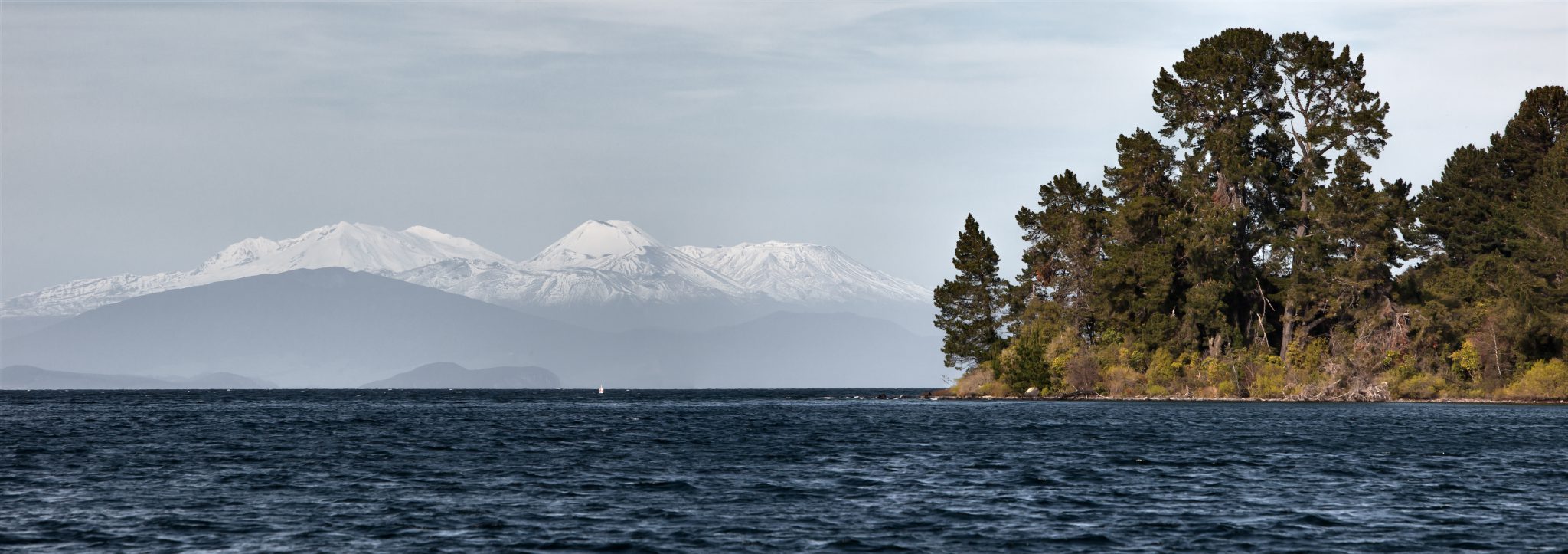MEDIA STATEMENT
Ngāti Tūwharetoa set to become first iwi to utilise a Section 33 Transfer with Waikato Regional Council.
Ngāti Tūwharetoa, in the central North Island of New Zealand, is set to become the first iwi in the country to utilise a Section 33 of the Resource Management Action 1991 with Council.
Today, the Tūwharetoa Māori Trust Board approved the handover of water quality monitoring functions around Lake Taupō from the Waikato Regional Council under Section 33 of the Resource Management Act 1991.
Tūwharetoa Māori Trust Board Chairman, John Bishara, has welcomed the council’s landmark decision.
“On behalf of the Tūwharetoa Māori Trust Board and all of Ngāti Tūwharetoa, I wish to acknowledge the many individuals, hapū, iwi and other entities that supported this transfer of water monitoring responsibilities on Lake Taupō.
It is the first such occasion in New Zealand that an iwi authority has assumed local government functions under Section 33 of the Resource Management Act. Iwi around the country have long-awaited such a transfer of resource management responsibilities. This is an important step forward in resource management for our nation and sends a strong signal that the time has come for more effective engagement between councils and iwi. There is no reason why other councils around the country cannot make transfers to iwi happen under Section 33 of the RMA. ”
Trust Board CEO, Shane Heremaia, is also pleased with the support received.
“During the public consultation, some of the prejudiced submissions against tangata whenua were concerning. But those were outnumbered by the overwhelming support received from people from all walks of life.
“For hundreds of years, since the arrival of our ancestors to this region, our people have lived, died, hunted, fished, celebrated, mourned and been buried here in places all across this whenua. Our relationship with Taupō Waters as tangata whenua is long-standing, deeply-rooted and unequivocal.
The changes to the Resource Management Act 1991 that are being currently contemplated need to uphold the mana of hapū/iwi over our taonga, as affirmed under the Treaty of Waitangi. This handover of responsibility for monitoring of Taupō Waters is a modest, but important step in that journey toward greater power-sharing between local/central government and iwi.
Under the new arrangement, the Trust Board will carry out the following water quality monitoring functions:
- Summer bathing: Weekly collection of water samples at five summer bathing beach sites in Lake Taupō during the summer season (December to February inclusive).
- Regional rivers: Monthly assessment on water quality at 12 regional rivers which are tributaries to Lake Taupō.
- Rainfall: Six weekly rainfall monitoring at a single site on the western side of Lake Taupō.
- Groundwater: Six monthly groundwater level and quality monitoring (April and October) at 40 sites in the Taupō catchment.
- Groundwater: Biannual groundwater quality monitoring at two schools (Kuratau and Waitahanui).
- Groundwater: Six weekly groundwater level measurements at 62 sites in the Taupō catchment.
The transfer of functions from the regional council to the trust board is expected to take place in September 2020. The Tūwharetoa Māori Trust Board has been undertaking some of the monitoring responsibilities over the last two years.
ENDS.
For frequently asked questions click here

